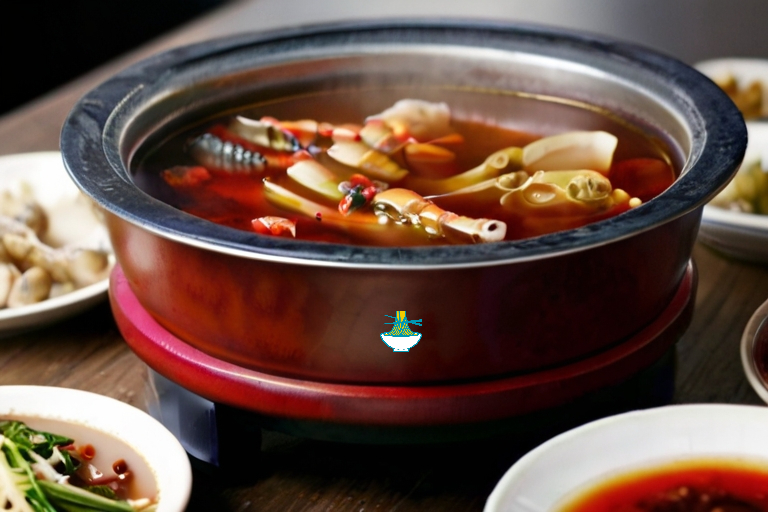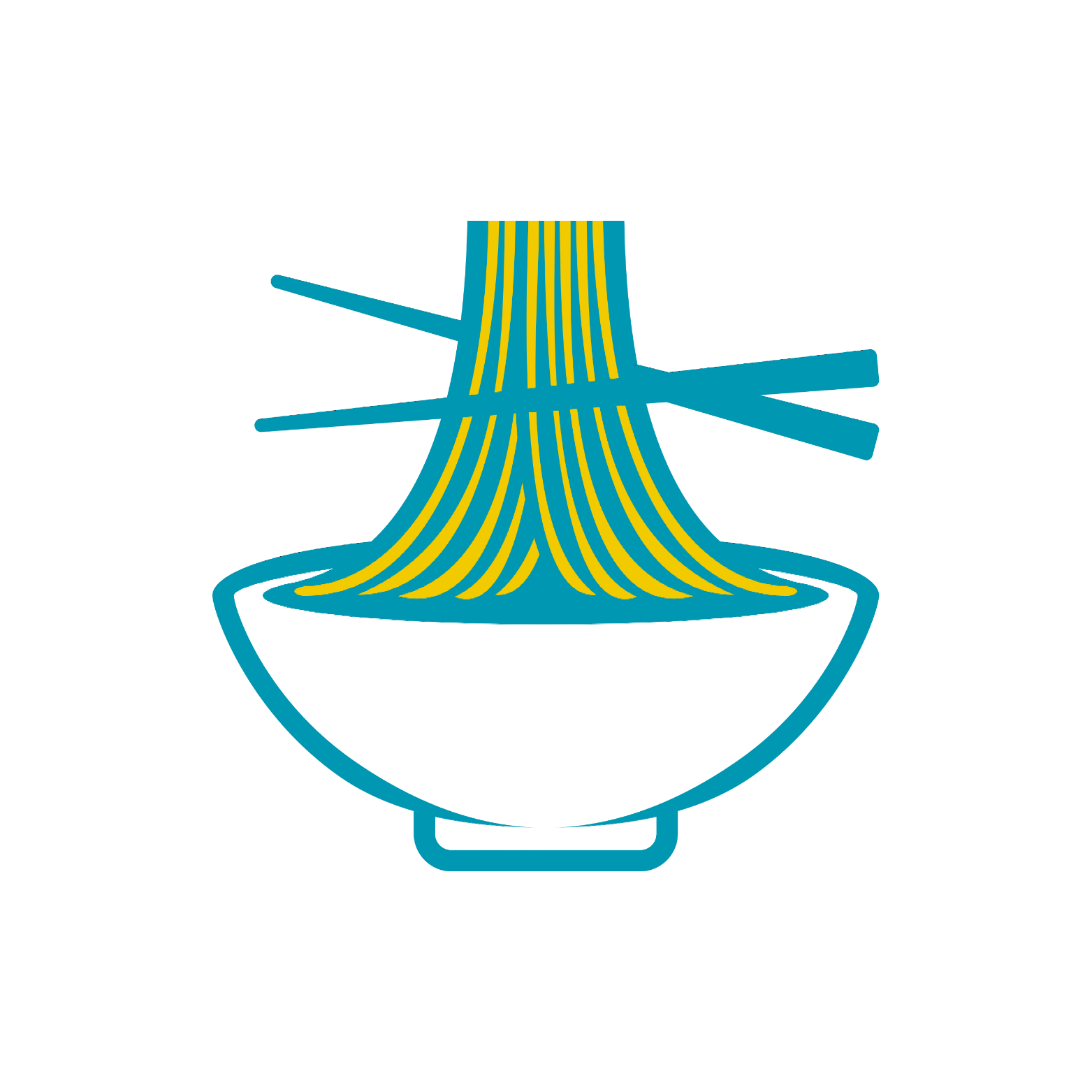Indulge in the fiery delights of China's culinary treasure with our exploration into the realm of Sichuan Hot Pot. Dive into a bubbling cauldron of aromatic broth infused with a symphony of Sichuan peppercorns, chili peppers, and exotic spices, creating an electrifying flavor journey for your taste buds. Discover the art of communal dining as you gather around the steaming pot, selecting an array of fresh ingredients – from thinly sliced meats and vibrant vegetables to handmade noodles – to cook to perfection in the simmering broth. Experience the exhilarating contrast of numbing heat and subtle sweetness that characterizes Sichuan cuisine, making every bite an unforgettable adventure. Join us on a culinary expedition through the heart of China's gastronomic heritage, where the heat of the hot pot ignites not only the palate but also the spirit of camaraderie and shared enjoyment.
Here's a recipe for Sichuan Hot Pot:
Ingredients:
For the broth:
- 8 cups chicken or vegetable broth
- 4 cloves garlic, minced
- 2-inch piece of ginger, sliced
- 4 green onions, chopped
- 2 star anise pods
- 2 cinnamon sticks
- 1 tablespoon Sichuan peppercorns
- 4 dried red chilies (adjust according to spice preference)
- 2 tablespoons chili bean paste (doubanjiang)
- 2 tablespoons soy sauce
- 1 tablespoon Chinese rice wine (optional)
- 1 teaspoon sugar
For the hot pot ingredients:
- Thinly sliced beef, lamb, or pork
- Shrimp or other seafood
- Tofu, sliced
- Mushrooms, such as shiitake or enoki
- Napa cabbage, sliced
- Spinach or other leafy greens
- Bean sprouts
- Glass noodles or rice noodles
- Dipping sauces (such as sesame sauce, soy sauce, or chili oil)

Instructions:
1- Prepare the broth: In a large pot, combine the chicken or vegetable broth, garlic, ginger, green onions, star anise, cinnamon sticks, Sichuan peppercorns, dried red chilies, chili bean paste, soy sauce, rice wine (if using), and sugar. Bring to a boil, then reduce heat and simmer for 30 minutes to allow the flavors to meld.
2- Set up the hot pot: Place a portable gas burner or electric hot pot in the center of the dining table. Pour the prepared broth into the hot pot and turn on the heat to keep it simmering.
3- Arrange the hot pot ingredients: Arrange the thinly sliced meats, seafood, tofu, mushrooms, vegetables, and noodles on plates or platters around the hot pot.
4- Cook the ingredients: Each diner can use chopsticks or a strainer to cook their desired ingredients in the simmering broth. Cooking times will vary depending on the ingredient, but most items will cook in just a few minutes.
5- Serve and enjoy: Once cooked, dip the hot pot ingredients into your favorite dipping sauces and enjoy the spicy and flavorful broth. Continue adding more ingredients to the hot pot as you eat, and adjust the heat level by adding more chili bean paste or dried red chilies if desired.
Sichuan Hot Pot is not only a delicious meal but also a fun and interactive dining experience that brings friends and family together. Enjoy!
Nutritional Values:
Providing exact nutritional values for the ingredients can be challenging due to variations in brands, cuts, and preparation methods. However, I can offer approximate nutritional information for some common ingredients typically used in Sichuan Hot Pot:
Thinly sliced beef, lamb, or pork (100g):
- Calories: 200-300 kcal
- Protein: 20-25g
- Fat: 10-20g
- Carbohydrates: 0g
benefits:
- Excellent source of protein, essential for muscle building and repair.
- Provides essential vitamins and minerals such as iron, zinc, and B vitamins.
Shrimp (100g):
- Calories: 80-100 kcal
- Protein: 18-24g
- Fat: 1-2g
- Carbohydrates: 0g
benefits:
- Low in fat and calories but rich in protein.
- Contains omega-3 fatty acids, beneficial for heart health.
- Good source of selenium, which supports immune function and helps reduce inflammation.
Tofu, sliced (100g):
- Calories: 70-80 kcal
- Protein: 8-10g
- Fat: 4-6g
- Carbohydrates: 2-4g
benefits:
- High-quality plant-based protein, suitable for vegetarians and vegans.
- Low in calories and saturated fat, making it heart-healthy.
- Contains calcium and magnesium, important for bone health.
Mushrooms, such as shiitake or enoki (100g):
- Calories: 20-40 kcal
- Protein: 1-3g
- Fat: 0-1g
- Carbohydrates: 3-5g
benefits:
- Low in calories and fat, but rich in vitamins, minerals, and antioxidants.
- Contains compounds like beta-glucans, which may support immune function.
- Some varieties like shiitake mushrooms contain ergothioneine, a powerful antioxidant.
Napa cabbage, sliced (100g):
- Calories: 10-15 kcal
- Protein: 1-2g
- Fat: 0g
- Carbohydrates: 2-3g
benefits:
- Low in calories but high in fiber, promoting digestive health.
- Rich in vitamins C and K, important for immune function and bone health, respectively.
- Contains phytonutrients with potential anti-inflammatory and antioxidant properties.
Spinach or other leafy greens (100g):
- Calories: 20-30 kcal
- Protein: 2-3g
- Fat: 0-1g
- Carbohydrates: 3-4g
benefits:
- Nutrient-dense, providing vitamins A, C, and K, as well as folate and iron.
- High in antioxidants, protecting against oxidative stress and chronic diseases.
- Rich in dietary fiber, promoting satiety and supporting digestive health.
Bean sprouts (100g):
- Calories: 30-40 kcal
- Protein: 3-4g
- Fat: 0g
- Carbohydrates: 4-5g
benefits:
- Low in calories but high in protein and fiber, aiding in weight management and digestion.
- Good source of vitamins C and K, supporting immune function and bone health.
- Contains enzymes that may enhance nutrient absorption and digestion.
Glass noodles or rice noodles (100g, dry):
- Calories: 350-400 kcal
- Protein: 6-8g
- Fat: 1-2g
- Carbohydrates: 80-90g
benefits:
- Low in fat and cholesterol, serving as a source of complex carbohydrates for energy.
- Gluten-free option for those with gluten sensitivities or celiac disease (glass noodles).
- Can be a good source of certain minerals like manganese and phosphorus.
These values are approximate and can vary based on factors like cooking methods and specific product brands. It's also important to note that the nutritional content of the broth will depend on the ingredients used and the quantity consumed. For a more accurate assessment, you may want to refer to the nutritional labels on the specific products you use.


Comments